The Chindia Tower is a fortification in the Curtea Domnească monuments in Targoviste, Romania. It was built in the 15th century, during Vlad Tepes’s reign, over the porch of the Chapel-Church raised by Mircea cel Batran.
It initially had a military purpose, but during history it has been used as a guard point, a fire spotter and for storing and protecting the state treasury.
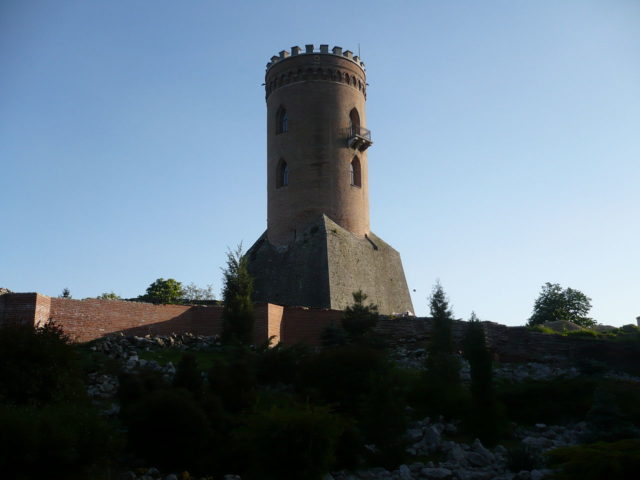
The tower is 27 m tall and it is constituted of a truncated pyramid shaped base of stone, from which rises a cylindrical structure made of bricks whose diameter measures 9 m. Known as the city’s symbol, the Chindia Tower is the most important tourist attraction in Targoviste.
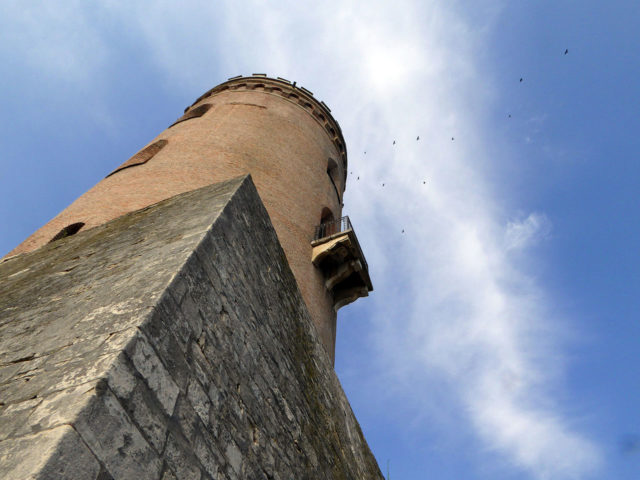
There are two theories on the origin of the name: the first one argues that the area was the site of many large feasts and festivals, known in Romania as chindia. The second theory was that the name originates from the word chindia, an archaism which means “sunset”. Neither of this hypotheses is fully recognized.
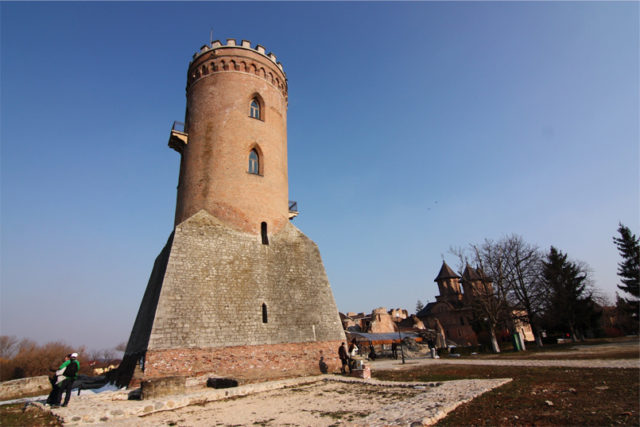
The construction has 3 floors, from which the last two are labeled on the outside by broken arch openings and by balconies supported by stone consoles. Inside the tower, there is an inner spiral shaped staircase situated on the vertical axis of the building.
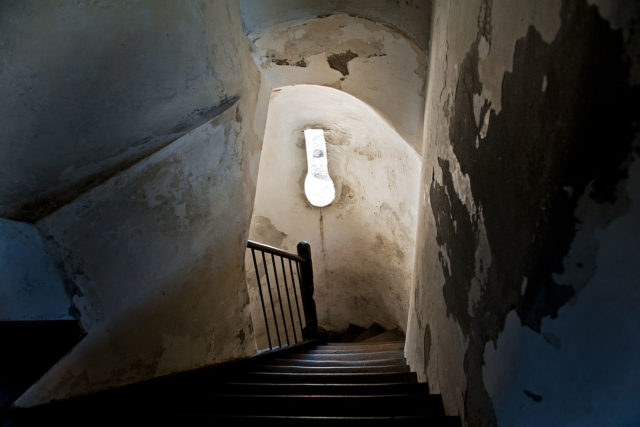
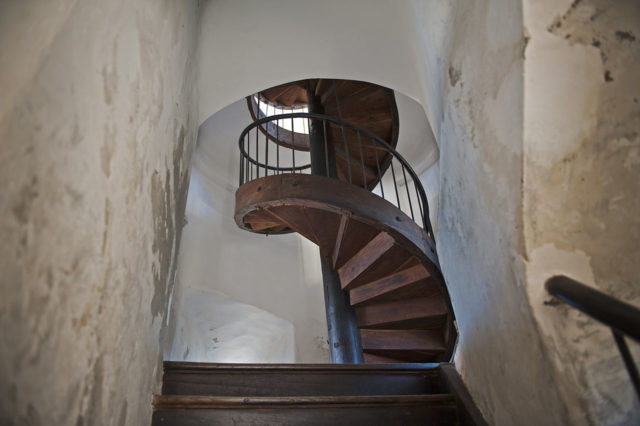
As a monument, the tower now houses an exhibition of documents, weapons, and objects which belonged to Vlad the Impaler. Today, the tower is administered by the National Museum Curtea Domnească.
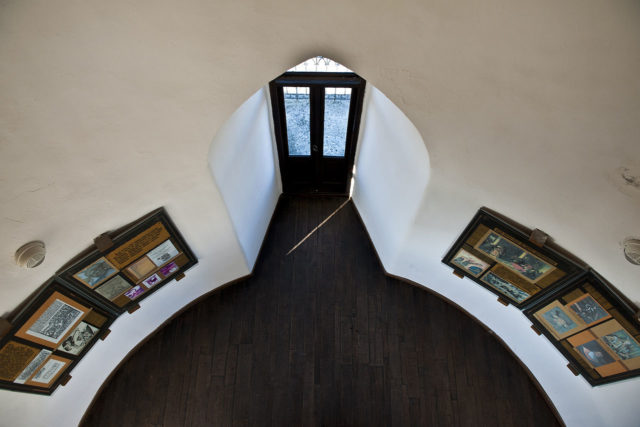
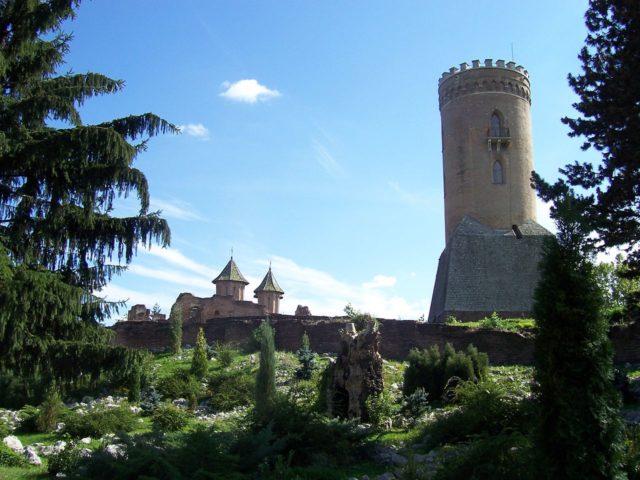
In June 2014, the first edition of the Dracula Medieval Festival took place here. The intention of the festival was to re-enact Vlad Tepes’ night assault against the Turks.
A lot of stuntmen, actors and volunteers staged on the ruins of the Royal Court for the famous historic page.
